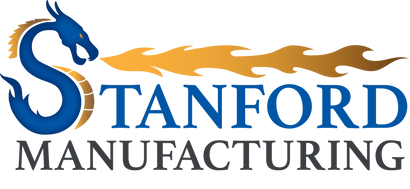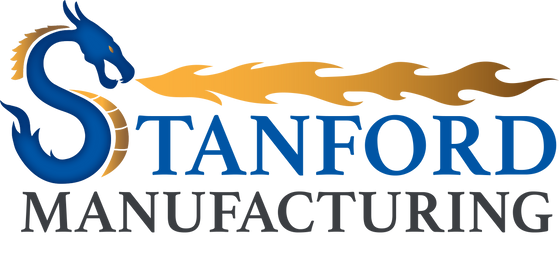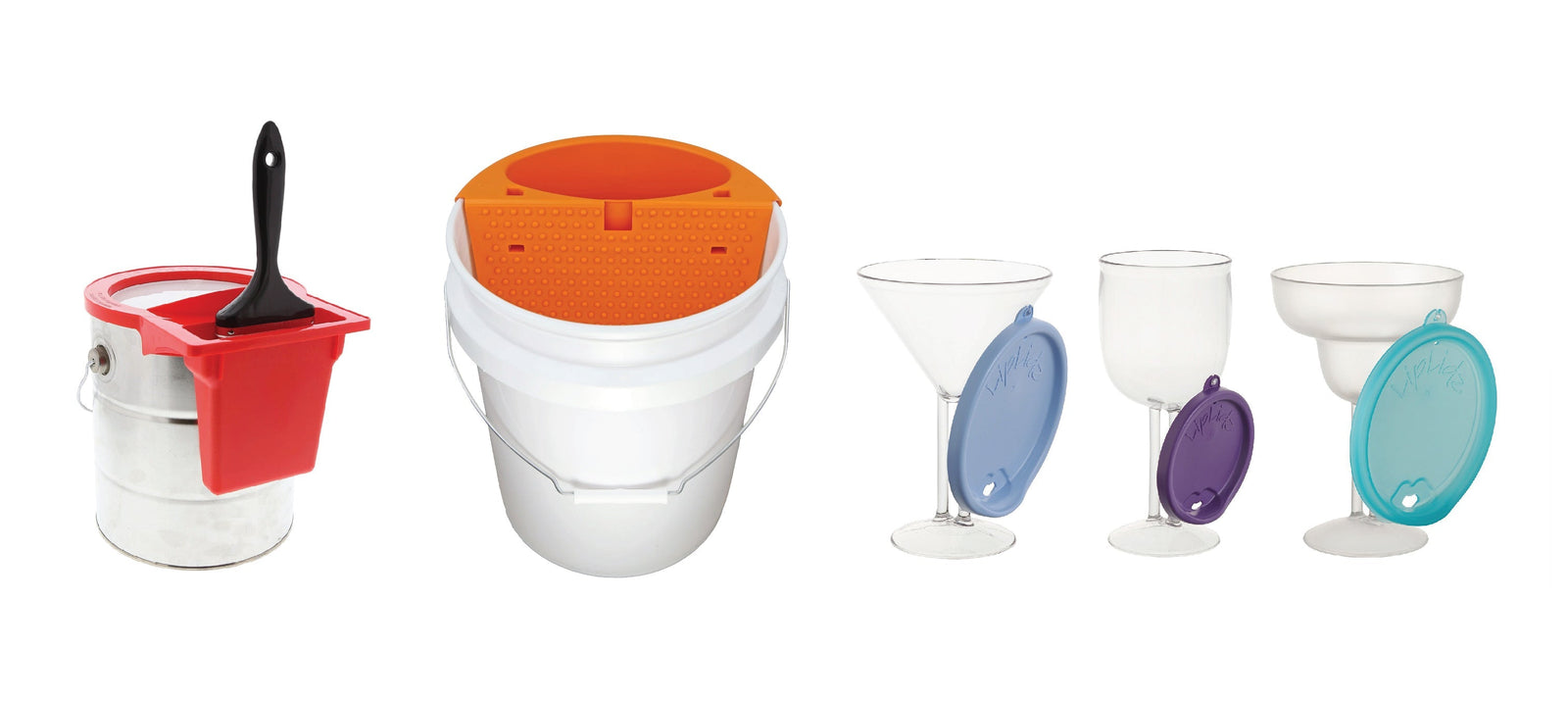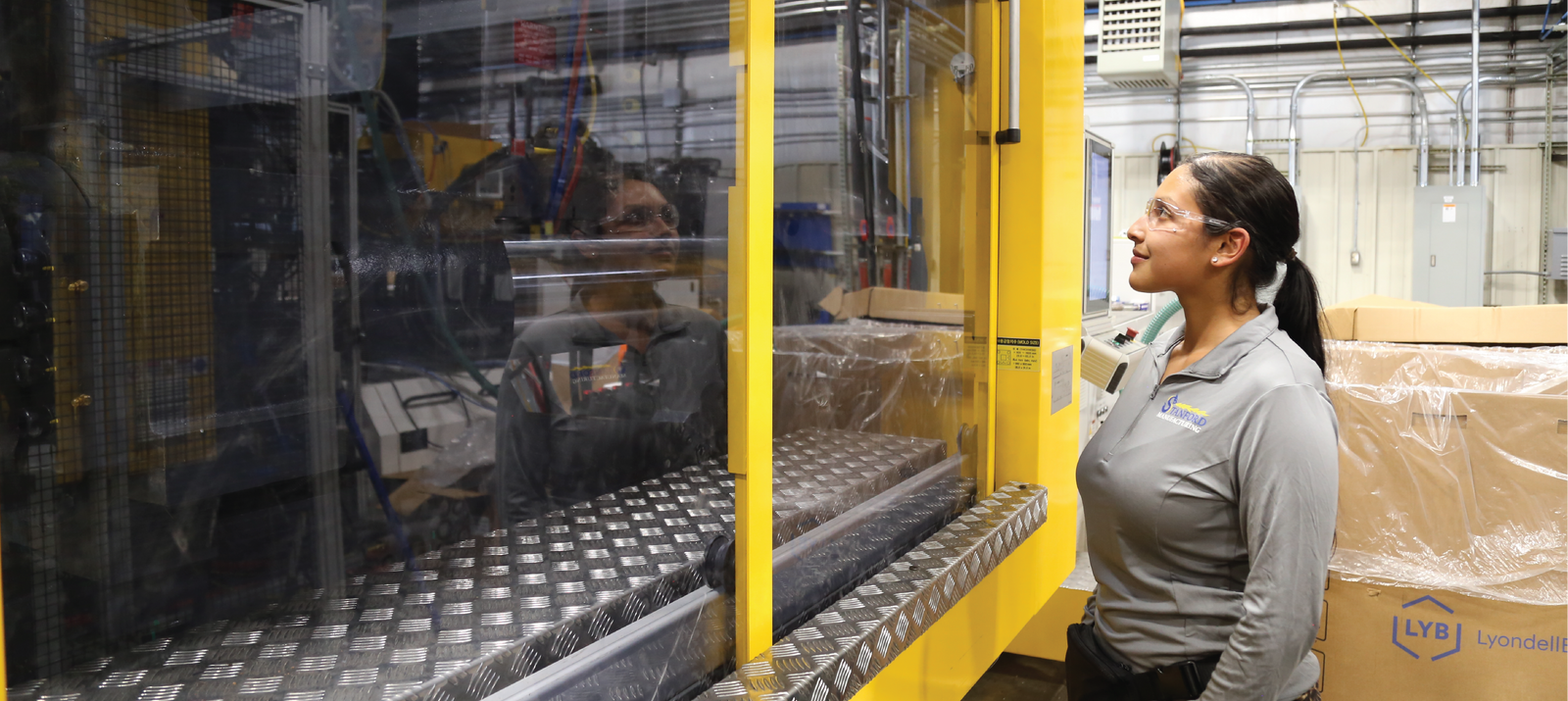Customization and Decoration at Stanford Manufacturing
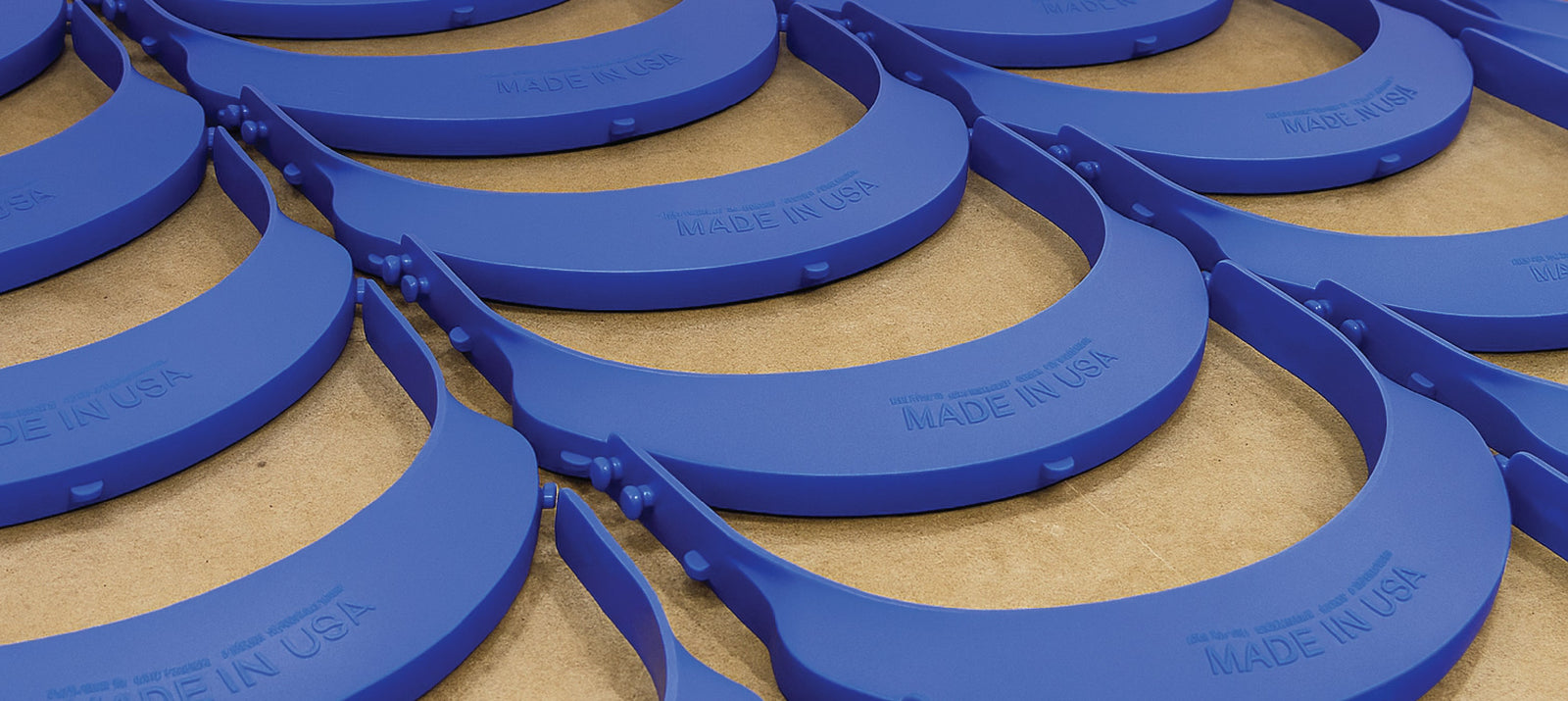
Offering more than one capability, like injection molding, has allowed us to grow our business and “compact” the supply chain. Yes, we are a plastic injection molding facility, but with the addition of customization and decoration capabilities, we have become more than just injection molders.
In 2017, as we established our facility, we acquired the ability to perform in-mold labeling. This is the process when a pre-printed label or film is placed inside of the injection mold cavity and is permanently fused to the plastic product as the mold closes and the plastic is injected. As the plastic cools and becomes solid, the decorative label is fused directly to the plastic part.
In-mold labeling is a great option for us as the manufacturer and for the customer. On the manufacturing side, in-mold labeling is simple because it happens in a single step during the injection molding process. It saves us machine time and any headache over transferring finished products to a secondary machine or to an outsourced decorator. In-mold labeling also allows for intricate designs. If the design can be placed into the machine, it can be transferred to the product.
With the acquisition of a pad-printer, our customization and decorating abilities grew further. Pad printing is a versatile method for printing on curved, uneven or textured surfaces. Think about products like a cup or a container lid. The process of pad printing begins with filling an engraved plate with ink, removing excess ink, and then pressing a silicone pad onto the plate to lift the design. The pad then moves to the product, presses onto its surface and transfers the ink to the product to complete the design.
So, why do we need both? In-mold labeling and pad printing both offer unique benefits that can help us meet each of our customers’ exact needs.
In-mold labeling is permanent and touts lasting durability because the label is bonded to the product. It’s resistant to superficial damage to the label or design and is suitable for products exposed to challenging environmental conditions, like weathering, heat, etc. As mentioned earlier, in-mold labeling also increases efficiency by not having to swap machines to decorate the item.
Pad printing allows for high-quality, intricate designs that are adaptable to irregular surface shapes or textures, but the biggest benefit of pad printing comes down to economics. Pad printing is more cost efficient for low quantities of products making it ideal for prototyping a design. If you’re tinkering around with a new logo, talk to us about trying a few initial designs out on the pad printer before you commit to permanent logo tooling.
In-mold labeling and pad printing are both great ways to customize and decorate your products, and we can help you decide which method is best for you and your business.
